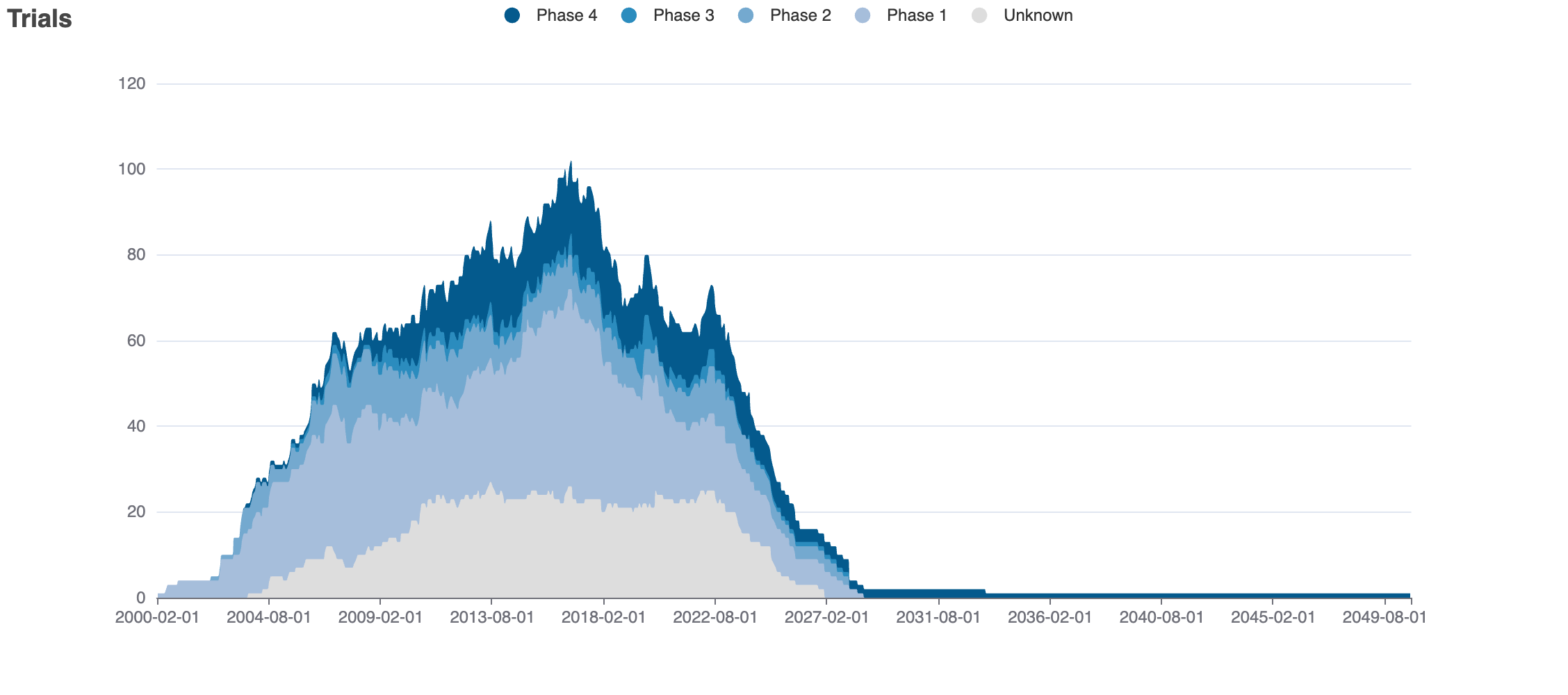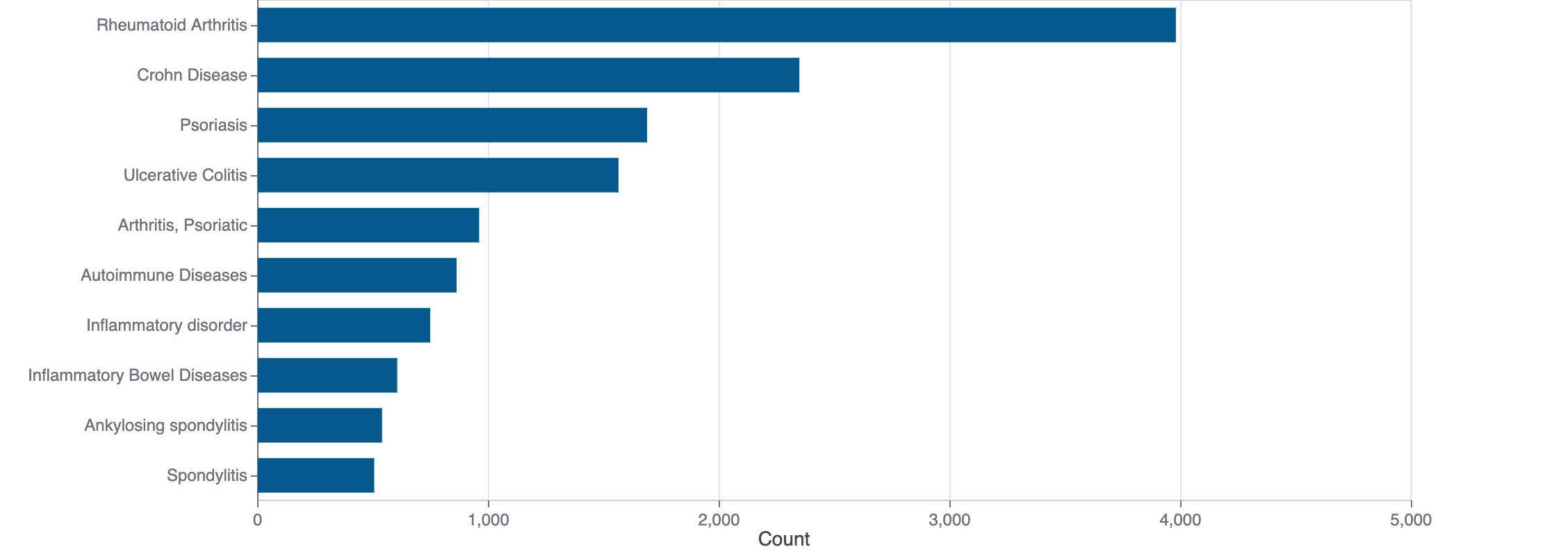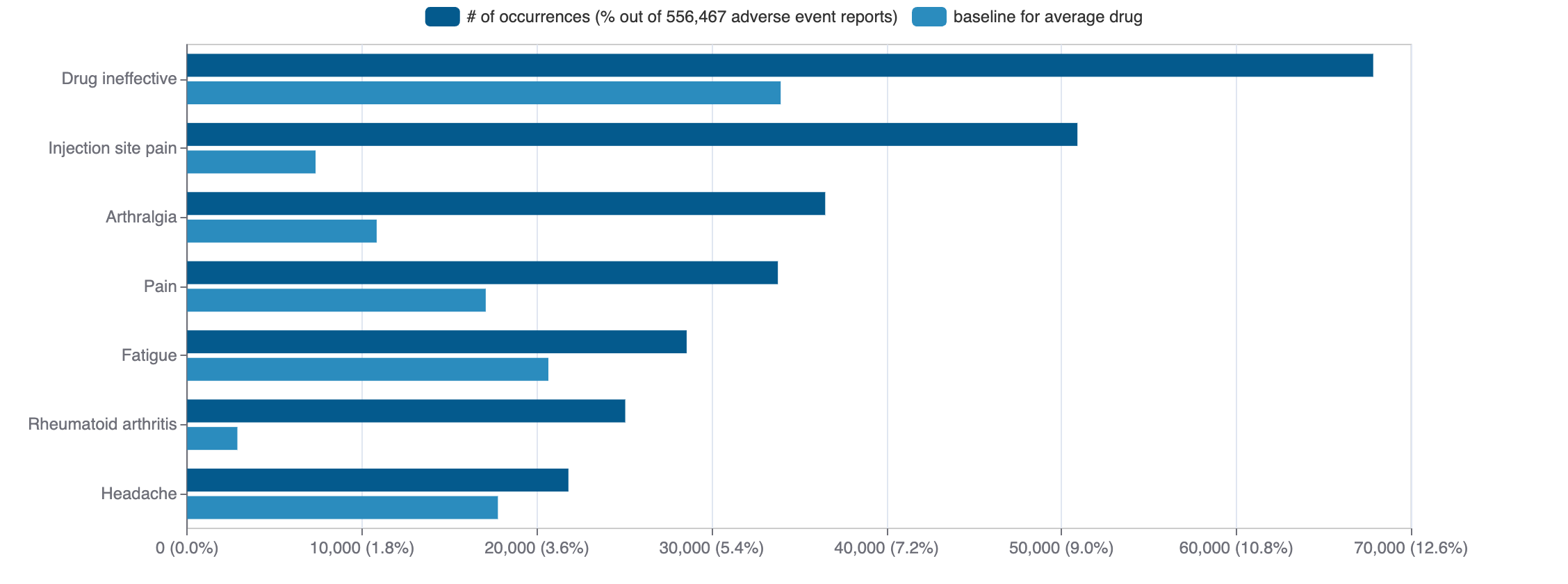DERAZANTINIB
Derazantinib is a small molecule pharmaceutical. It is currently being investigated in clinical studies. It is known to target fibroblast growth factor receptor 3, fibroblast growth factor receptor 2, and fibroblast growth factor receptor 1.
Download report
Favorite
Events Timeline
Commercial
Clinical
Drug
Target
Variants
Financial
Trends
Safety
Events Timeline
5D
1M
3M
6M
YTD
1Y
2Y
5Y
Max
Events
FDA approval date
EMA approval date
Patent expiration date
Study first post date
Last update post date
Start date
Primary completion date
Completion date
Results first post date

Mock data
Subscribe for the real data
Subscribe for the real data
Commercial
No data
Clinical
Clinical Trials
7 clinical trials
View more details

Mock data
Subscribe for the real data
Subscribe for the real data
Indications Phases 4
No data
Indications Phases 3
No data
Indications Phases 2
Indication | MeSH | Ontology | ICD-10 | Ph 1 | Ph 2 | Ph 3 | Ph 4 | Other | Total |
|---|---|---|---|---|---|---|---|---|---|
| Cholangiocarcinoma | D018281 | — | C22.1 | 1 | 2 | — | — | 1 | 3 |
| Adenocarcinoma | D000230 | — | — | 1 | 1 | — | — | — | 1 |
| Urologic neoplasms | D014571 | — | C64-C68 | 1 | 1 | — | — | — | 1 |
| Transitional cell carcinoma | D002295 | — | — | 1 | 1 | — | — | — | 1 |
| Hepatocellular carcinoma | D006528 | — | C22.0 | — | 1 | — | — | — | 1 |
| Neoplasms | D009369 | — | C80 | 1 | 1 | — | — | — | 1 |
Indications Phases 1
Indication | MeSH | Ontology | ICD-10 | Ph 1 | Ph 2 | Ph 3 | Ph 4 | Other | Total |
|---|---|---|---|---|---|---|---|---|---|
| Healthy volunteers/patients | — | — | — | 1 | — | — | — | — | 1 |
Indications Without Phase
No data
Epidemiology
Epidemiological information for investigational and approved indications
View more details
Drug
General
| Drug common name | DERAZANTINIB |
| INN | derazantinib |
| Description | Derazantinib is a small molecule pharmaceutical. It is currently being investigated in clinical studies. It is known to target fibroblast growth factor receptor 3, fibroblast growth factor receptor 2, and fibroblast growth factor receptor 1. |
| Classification | Small molecule |
| Drug class | tyrosine kinase inhibitors |
| Image (chem structure or protein) |  |
| Structure (InChI/SMILES or Protein Sequence) | COCCNCCc1cccc(Nc2ncc3c(n2)-c2ccccc2[C@H](c2ccccc2F)C3)c1 |
Identifiers
| PDB | — |
| CAS-ID | 1234356-69-4 |
| RxCUI | — |
| ChEMBL ID | CHEMBL4297187 |
| ChEBI ID | — |
| PubChem CID | — |
| DrugBank | — |
| UNII ID | N9B0H171MJ (ChemIDplus, GSRS) |
Target
Agency Approved
No data
Alternate
FGFR3
FGFR3
FGFR2
FGFR2
FGFR1
FGFR1
Organism
Homo sapiens
Gene name
FGFR3
Gene synonyms
JTK4
NCBI Gene ID
Protein name
fibroblast growth factor receptor 3
Protein synonyms
CD333, FGFR-3, fibroblast growth factor receptor 3-S, hydroxyaryl-protein kinase, tyrosine kinase JTK4
Uniprot ID
Mouse ortholog
Fgfr3 (14184)
fibroblast growth factor receptor 3 (Q63834)
Variants
No data
Financial
No data
Trends
PubMed Central
Top Terms for Disease or Syndrome:

Mock data
Subscribe for the real data
Subscribe for the real data
Additional graphs summarizing 434 documents
View more details
Safety
Black-box Warning
No Black-box warning
Adverse Events
© 2020-2025 Collaborative Drug Discovery Inc. (CDD) | Terms of Use
